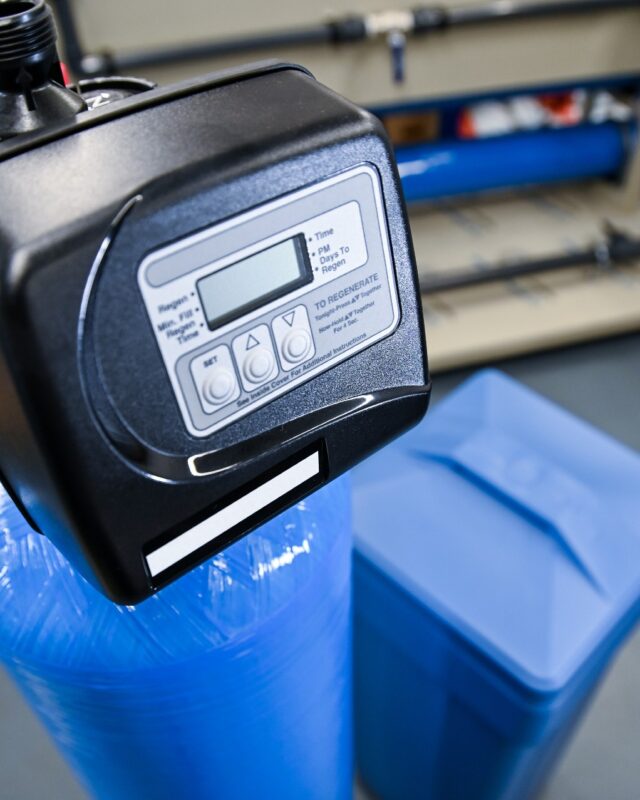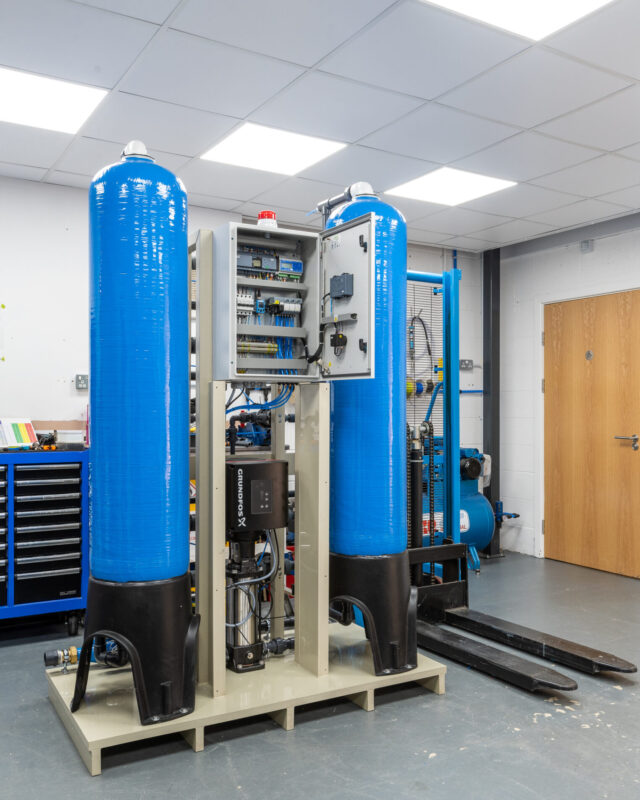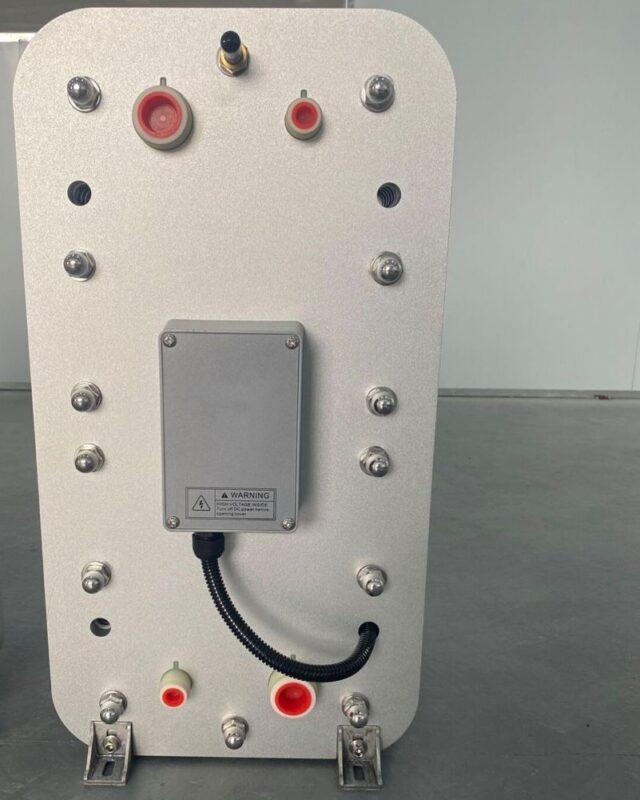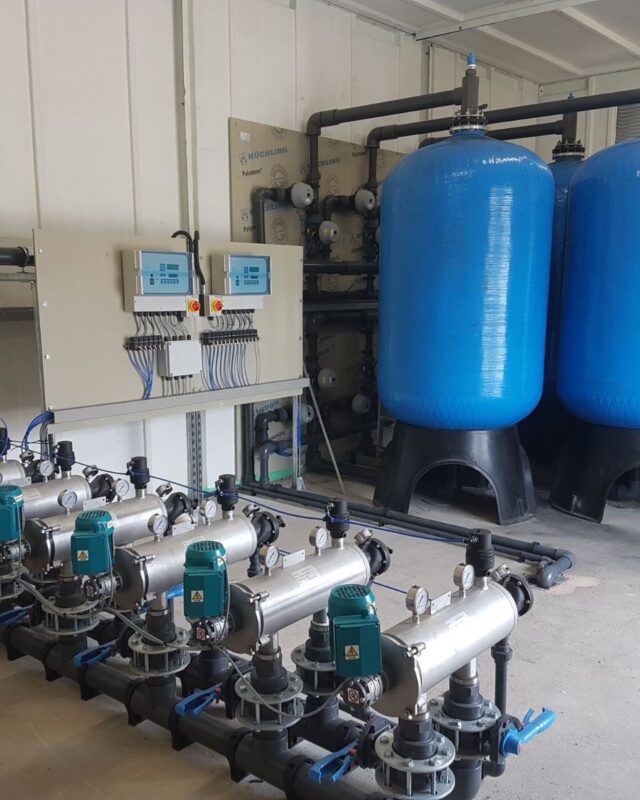

A Constant Supply of Pure Water
With No Downtime
Reverse osmosis is a process of purifying water by forcing the water under pressure through a semi-permeable membrane and removing the dissolved solids present in water. It is a safe and chemical free method for generating a constant supply of high quality water for commercial and industrial applications. The quality of the water that is produced after an RO is dependent on the incoming feed but this can be improved and higher qualities achieved depending on the membrane configuration.


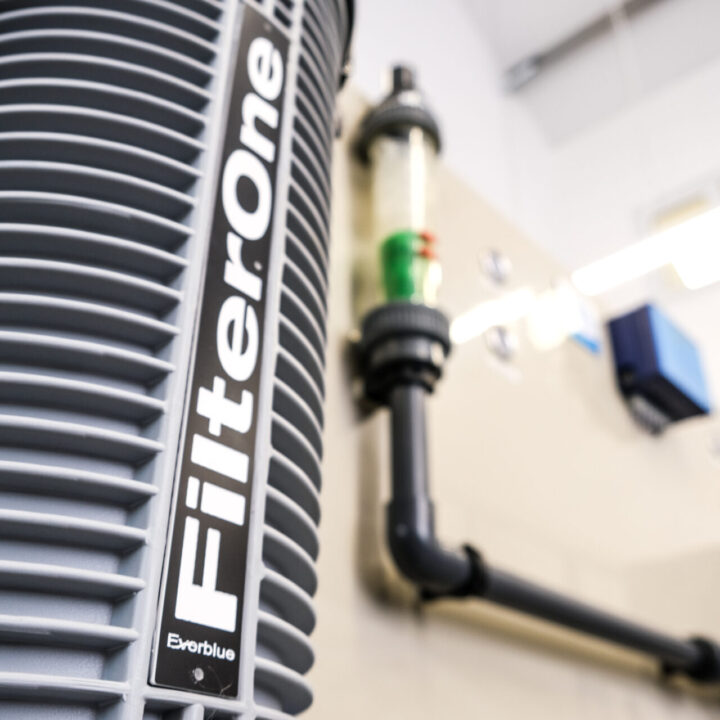
Generate Purified
Water
Reverse osmosis requires pre-treatment to ensure the utmost efficiency of the membranes. This usually in the form of a water softening plant but is more cost effective at higher flow rates to use anti-scalant dosing.
Reverse osmosis water has a high purity level which is suitable for many manufacturing processes and to treat borehole water.



What Are Reverse
Osmosis Water
Treatment Systems
Used For?
Commercial reverse osmosis systems can be used within a variety of manufacturing processes including: food and beverage production, automotive, glass, metal, and pharmaceutical manufacturing.
Reverse osmosis water is also used to feed water jet cutting machines and other precision tooling. In addition, it will reduce chemical usage when used to feed boilers and cooling towers.


Key Benefits
- Continuous supply of purified water – with no regeneration or downtime.
- Low energy requirements – compared to other methods.
- Variable flow rates achieveable – from 300 litres an hour to 30,000 litres an hour.
- Reduce water waste – only 25% of feed water is rejected and it’s possible to use this water elsewhere on-site for cleaning purposes.
- Made on order in our Yorkshire based workshop.
- Can build bespoke units to meet customer specification.
- Minimal operating costs – with no chemicals required.


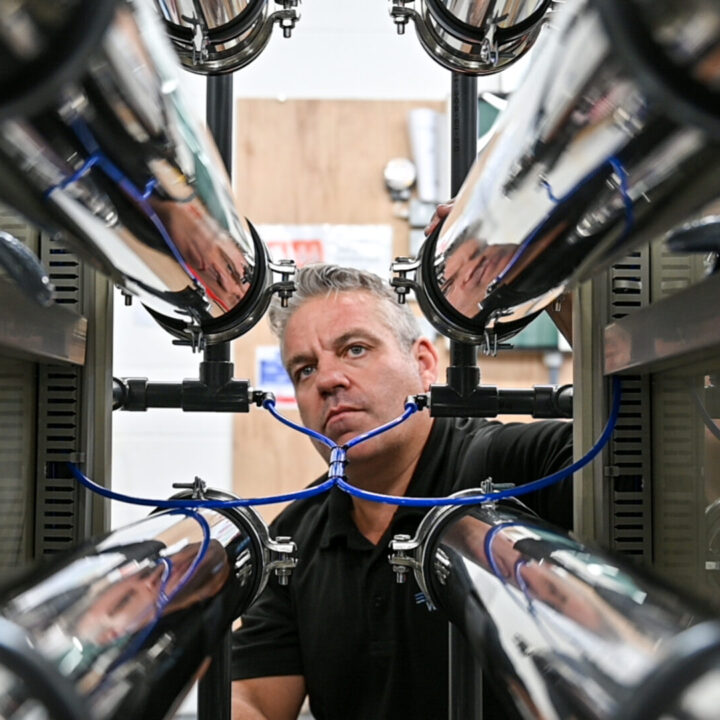
How Reverse Osmosis
Plants Work
- Water is forced under pressure through RO membranes.
- Pure water pushes through the membrane.
- Small particles, such as bacteria, chemicals, salts, and heavy metals, are left behind on the other side of the membrane.
- The reject water containing the contaminants goes down the drain or can be reused.
- A steady flow of pure water is created.


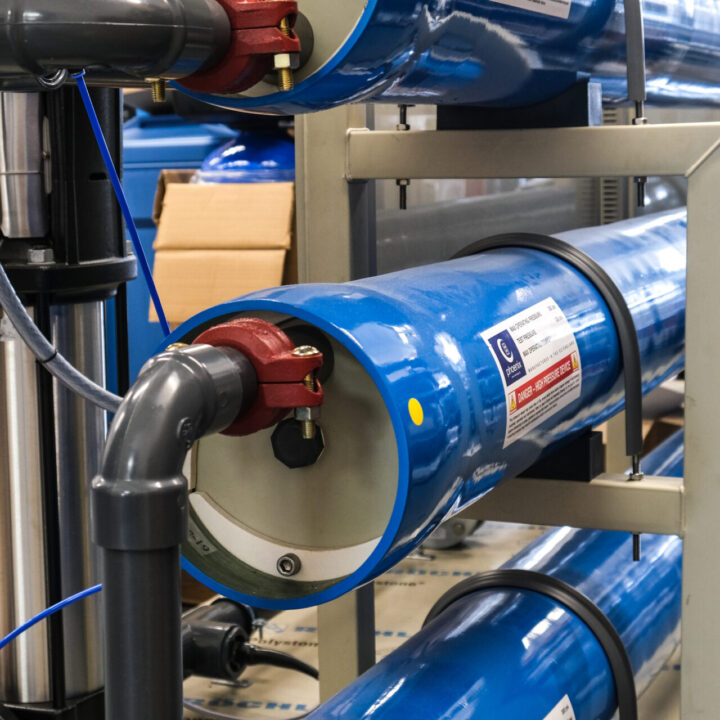
Demin vs RO – How Do I Know
If Reverse Osmosis
Is The Way To Go?
This is something that has been a long-standing debate. The truth of the matter is that there is no Demin versus Reverse Osmosis debate anymore as both systems have come a long way. The question is now ‘what is the best system for your site’?
Common Questions On Reverse Osmosis Systems
Why Is Reverse Osmosis A Safe And Efficient Option?
Reverse Osmosis systems do not require the storage or handling of harmful chemicals, making it the safer way to produce pure water for many commercial and industrial applications.
It’s efficient because the plant does not need to be taken out of service to regenerate as a Demin plant would, ensuring continuous water availability.
Does Reverse Osmosis Water Require Pre-Treatment?
The RO plant must be supplied with softened and de-chlorinated water. The high output reverse osmosis plant offers considerable advantages over traditionally deionization systems, with no acid or caustic required.
What Are The Operating Costs Of Reverse Osmosis Units?
The operating costs are minimal when compared with other water treatment processes that require a high level of consumables. There are electricity costs associated with running the equipment continuously, but no other power or fuel is required.
Reverse osmosis units require maintenance and servicing, including changing the filters every three months. The easiest way to manage this is by scheduling regular servicing with our engineers. This provides peace of mind your equipment is performing as it should and prevents downtime. We can instruct your operatives on basic maintenance and regular checks.
Is Reverse Osmosis Suitable For Creating Drinking Water?
Reverse Osmosis water is safe for drinking, but we wouldn’t recommend it. This is because all the vitamins and minerals have been removed, which is essentially the good stuff!
RO water doesn’t quench your thirst like normal drinking water as the salts have been removed and it tends to be slightly more acidic.
When we use an RO system to treat borehole water for drinking, we install a blend valve that puts some mains water back into the drinking water supply to avoid the issue above.
